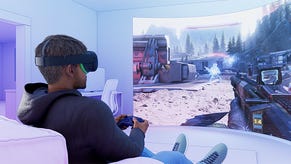Nintendo postpones plans for sleep sensor launch
On to the NX idea.
Nintendo has postponed its plans to enter the Quality of Life technology market via the release of a sleep and fatigue sensor.

Former company president Satoru Iwata announced the new Nintendo initiative back in 2014, when it was marked with a 2016 launch date.
But, despite evidence of Nintendo's research and design phase coming to light, the product no longer seems to be on the horizon.
"I would also like to touch on the QOL (Quality of Life) program today," current Nintendo president Tatsumi Kimishima told shareholders last week, in comments which the company translated into English today.
"We do not feel that we are currently at a stage where we can commercialise a product that deals with sleep and fatigue, so we are not planning to launch any products in this area in the fiscal year ending in March 2016.
"However, we do believe there is potential in the QOL sector, so we will continue to consider further development in this area."
It's likely the idea has been shelved for now while Nintendo focuses its time and development costs on launching NX, its next games console which we will hear more about (and maybe also see launch) this year.
Nintendo's body sensor would have tracked movement, breathing and heartbeat data, uploaded this to the cloud for analysis, then given a visual indication of the wearer's sleep condition and fatigue status.
The company had signed a partnership with US health business RedMed, which develops non-contact medical sensors for the diagnosis and treatment of sleep disorders.
It isn't the first time Nintendo has announced technology which it has later deemed unsuitable for launch. The Wii Vitality Sensor, a clip-on gadget designed to be worn on your finger, was famously shown off at E3 2009 - then never seen again.
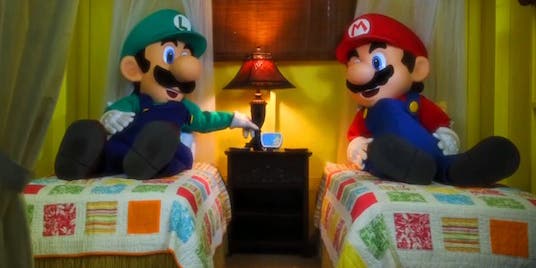
The technology would have been a significant departure for Nintendo from its video game business, although after the waning fortunes of the Wii U it is easy to see why the company might have wanted to look further afield for future profits.
It would be easy to put the change of heart down to Nintendo's change of leadership last summer, but its QOL plans were always dependent on the company developing something it was convinced would sell to the mass market.
Back in 2014, Iwata placed five conditions on the idea which would have to be met, he said, before the product was ready. The technology could not be wearable, operate with no contact at all, work without any operation from the user, have no significant installation hassle and be able to provide instant analysis of its results.
"This is one of the issues we could not overcome with our 'Wii Vitality Sensor' project," Iwata explained at the time.
"A total of 125 years have passed since Nintendo started its business as a Japanese Hanafuda playing cards manufacturer," he concluded. "By believing that putting smiles on people's faces is the goal of entertainment, the company has continued to develop, manufacture and market many different products."




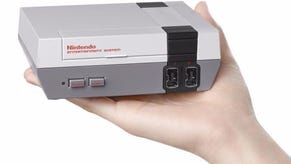

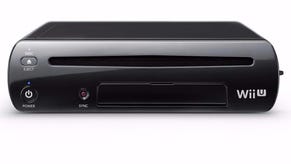
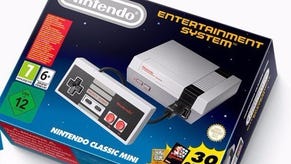

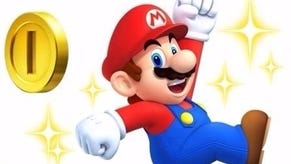

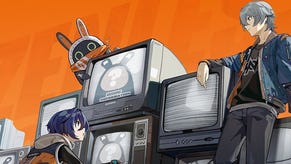
.png?width=291&height=164&fit=crop&quality=80&format=jpg&auto=webp)




